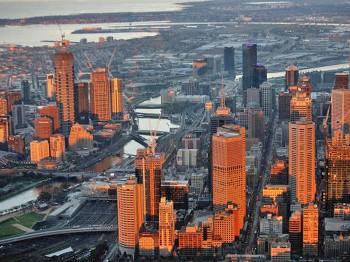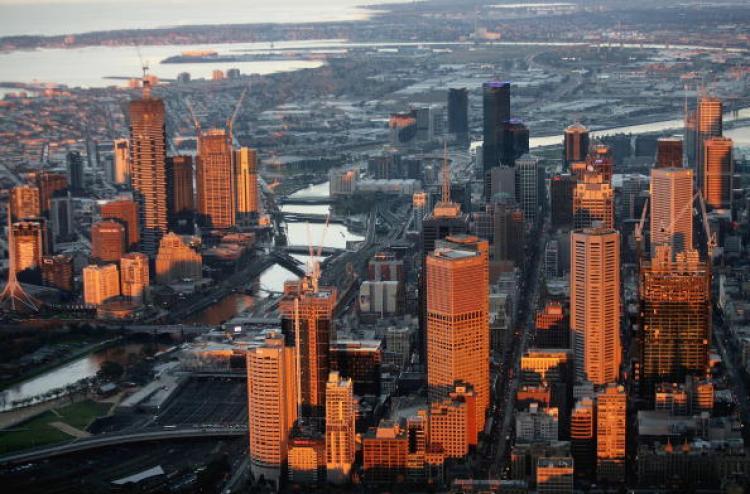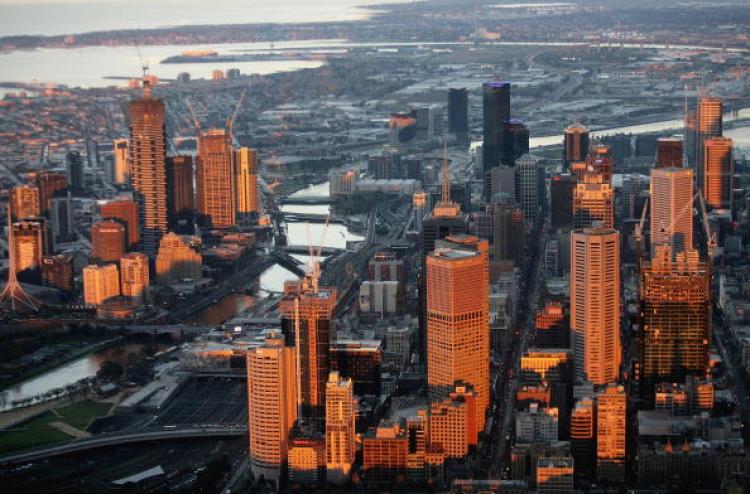Last week, we addressed the housing bubble debate by arguing housing prices in Australia are sustainable. This week, we challenge that argument by looking at other factors at play.
What characterises an asset bubble? You need explosion of debt. Since the 1990s, Australian household debt has gone from less than 50 per cent of annual disposable income to more than 130 per cent.
You need a rapid increase in asset values. Australian house prices have risen by at least 9 per cent a year over the past decade. This has far outstripped the growth in wages.
And you need the returns that asset brings in to plunge, leading investors to no longer heed how much money the asset earns and focus purely on capital gain. Australian rental yields are now typically below 4 per cent—lower than a bank deposit, but with more risk.
It is these facts that are leading international commentators, such as US economist Jeremy Grantham and research group Demographia, plus local economists like Steve Keen and Gerard Minack, to declare that Australian housing is way over-priced—some say as much as 50 per cent.
But as Jeremy Grantham says, the one thing every bubble has in common is: “Every one of them is considered unique and different.” Until they pop.
Let’s look more closely at some of the arguments pertaining to why Australia is different to the US.
Housing Shortage
The first argument goes that Australia’s building industry has not been able to get its act together for years, owing to excessive government fees, long approvals processes and, more recently, banks becoming less willing to lend.
Australia is now desperately short of housing, unlike the United States, which had a building boom before the financial crisis. This will prevent house prices from falling too much because everyone has to live somewhere.
The problem is, house prices in the United Kingdom plunged during the financial crisis and that market was not over-supplied. A surge in supply has often been associated with rising—not falling—values, such as Sydney in 2003, the Gold Coast and much of the United States before the financial crisis.
People not Buying
When developers buy land, they look at the price of surrounding homes to work out how much they can get for their end product. This determines the pricing of the land, meaning that new stock is unlikely to be that much cheaper than existing stock. But as things stand, there isn’t much demand for housing at the current price level. There is a lot for sale right now—a 69 per cent increase from April last year, according to SQM Research—and in many capital city areas there are very few people going through open for inspections or bidding at auctions. People aren’t buying because housing is too expensive. It is questionable how much buyers would welcome new supply without substantial price falls.
Various economic indicators bespeak of a society where finances are stretched. Retail spending is weak. Families are de-leveraging. Mortgage delinquencies are rising. Housing affordability is low. Additionally, housing industry groups argue that first-time buyers will not be able to get into the market without another round of cash incentives from the Federal Government. Consumers have little capacity to absorb any unexpected shocks.
The most imminent is interest rates, which are set to rise further this year. The most fearsome would be a rise in unemployment, which could be affected by a sudden slowdown in China.
Negative Gearing
Then there is the prospect of a shift in attitudes towards property investment. Younger generations are more mobile than ever before in work and study, and may prefer to rent and be flexible than shoulder a big mortgage. Laws that protect tenants are expanding.
As these houseless generations become older and more influential, will they begin to agitate for the Federal Government to stop propping up loss-making properties through negative gearing tax breaks? It costs billions of dollars each year and currently the Federal Government doesn’t dare to touch it.
Will it start to dawn on an army of mum and dad investors that their investment properties are bringing in less than the ING account, rent isn’t covering the repayments and land tax, and the value isn’t rising like it used to? Morgan Stanley economist Gerard Minack’s belief is that there will be scarce investment gains from property for the next decade. What would happen to values if all of these loss-making properties hit the market?
A value is not something intrinsic to an asset. It is simply an estimate of what buyers today might be willing to pay. History has shown that an economic shift, or a change to the way people think, can cause that value to change.



